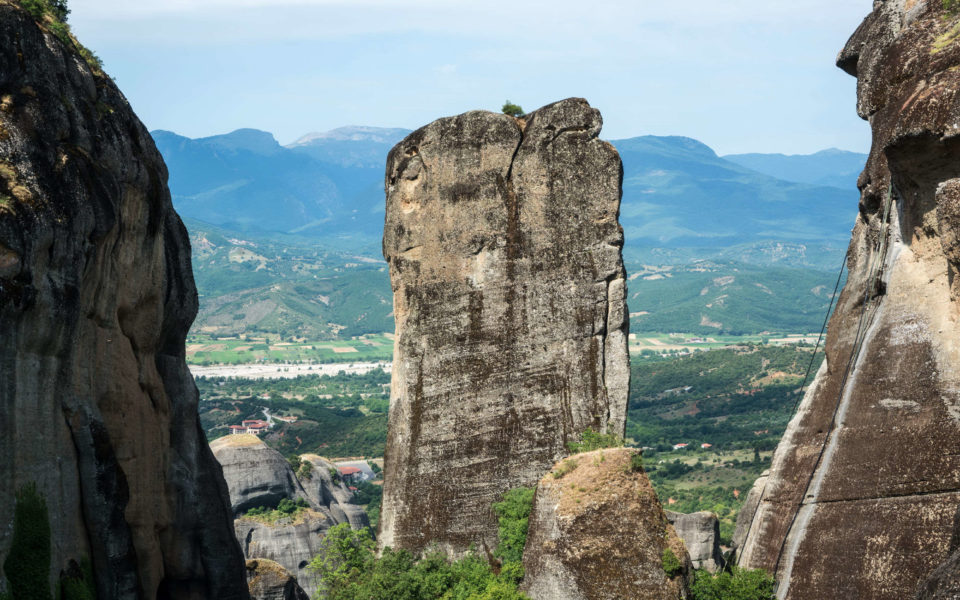Artificial intelligence… Two words which together conjure up so much wonder and awe in the imagination of programmers, sci-fi fans and perhaps just about anyone with an interest in the fate of the world!
Thanks to man’s best friend the dog R2-D2, the evil Skynet, the fantastical 2001: A Space Odyssey, post-apocalyptical androids dreaming of electric sheep, and maybe also Gary Numan, everyone is pretty well familiar with the concept of artificial intelligence (AI). Yep, books, the big screen, comics, er… mashed potato advertisements – AI is in all of them in a big way. It also features heavily in the marketing materials of recently-appearing and exceptionally-ambitious cybersecurity companies. In fact, there’s probably only one place today where you can’t find it. Thing is, that single place happens to cover practically everything that makes up this world and all the life in it: the not-so-insignificant sphere called ‘real everyday life‘.
 Source
Source
It’s common knowledge that since the days of Alan Turing and Norbert Wiener (that is, around the mid-20th century) computers have come on in leaps and bounds. They learned how (rather, they were taught how) to play chess – and better than humans. They fly planes, now also cars on the roads. They write newspaper articles, catch malware and do tons of other useful – and often not so useful – things. They pass the Turing test to prove possession of intelligent behavior equivalent to a human. However, a chatterbot simulating a 13-year-old capable of nothing else – that is just an algorithm plus a collection of libraries. It is not artificial intelligence. Not convinced? Then I advise you simply look up the definition of AI, then that of an algorithm, and then look at the differences between the two. It’s not rocket computer science.
We are currently witnessing yet another wave of interest in AI across the world. Which number this wave is I’ve lost track of…
Read on: People that don’t know what they’re talking about…































